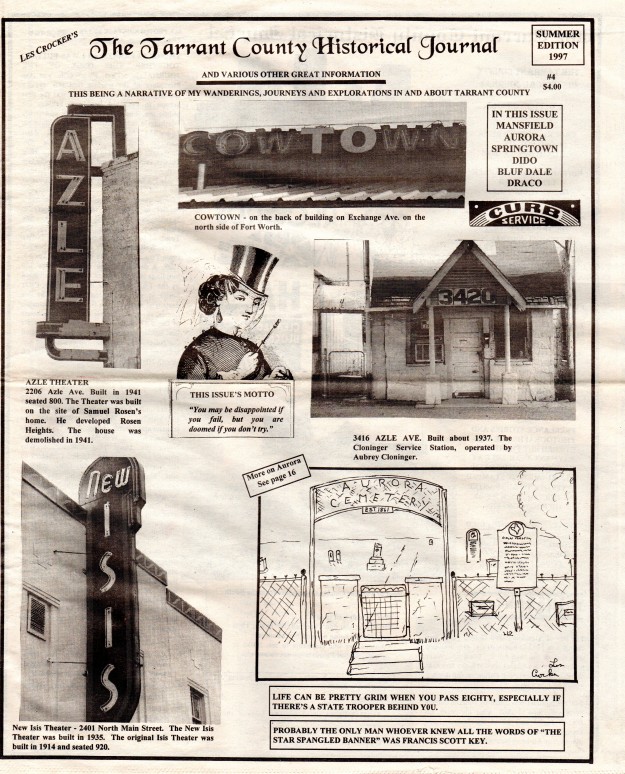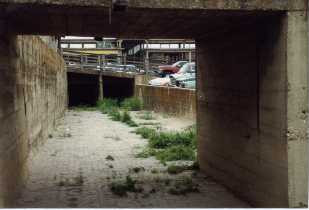The following is just a sample of the pictures and articles in the 20 pages of issue #6.
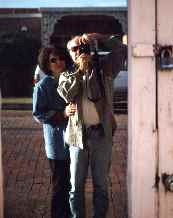 This is Neva and I, a self portrait. I am taking this picture of the window reflection.
This is Neva and I, a self portrait. I am taking this picture of the window reflection.
Hermann Park
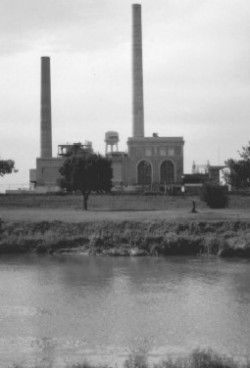 The area across the Trinity River to the north was once the site of Hermann Park, an important center for social events in the 1890’s, including an annual May Fest. The Texas Electric Plant was dedicated on this site in 1912. Heritage Park (high on the bluff near the bridge) was created during the Nation’s 1976 Bicentennial. It marks the site on which Fort Worth was founded in 1849. Tradition holds that Robert E. Lee looked over the valley from this bluff and remarked, “I hear the incoming march of thousands of feet.” Markers in the vicinity commemorate the site of the Fort as well as Fort Worth’s first school, Frenchman’s (or Beehive) Well, the Fort’s old stable (later converted into a hotel), and the Tarrant County Courthouse and Criminal Courts Bldg.
The area across the Trinity River to the north was once the site of Hermann Park, an important center for social events in the 1890’s, including an annual May Fest. The Texas Electric Plant was dedicated on this site in 1912. Heritage Park (high on the bluff near the bridge) was created during the Nation’s 1976 Bicentennial. It marks the site on which Fort Worth was founded in 1849. Tradition holds that Robert E. Lee looked over the valley from this bluff and remarked, “I hear the incoming march of thousands of feet.” Markers in the vicinity commemorate the site of the Fort as well as Fort Worth’s first school, Frenchman’s (or Beehive) Well, the Fort’s old stable (later converted into a hotel), and the Tarrant County Courthouse and Criminal Courts Bldg.
The reason firehouses have circular stairways is from the days of yore when the engines were pulled by horses. The horses were stabled on the ground floor and figured out how to walk up straight staircases.
Rock Church & Cemetery and old bridge off Hwy 2870
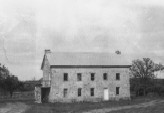 From Fort Worth, go out Hwy 377 through Granbury on through Tolar. Turn left just outside Tolar onto CO RD 2870. Go about 8 or 9 miles until you come to the new bridge. Look to your left and there through the trees you will see the old bridge.
From Fort Worth, go out Hwy 377 through Granbury on through Tolar. Turn left just outside Tolar onto CO RD 2870. Go about 8 or 9 miles until you come to the new bridge. Look to your left and there through the trees you will see the old bridge.
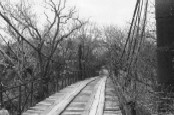 OLD iron bridge across the Paluxy River not accessible to public now on private land. I plan on going back someday and walking down the river which is real shallow and taking some pictures from the river bed. That way I will be on State land and not private land. Continue reading
OLD iron bridge across the Paluxy River not accessible to public now on private land. I plan on going back someday and walking down the river which is real shallow and taking some pictures from the river bed. That way I will be on State land and not private land. Continue reading

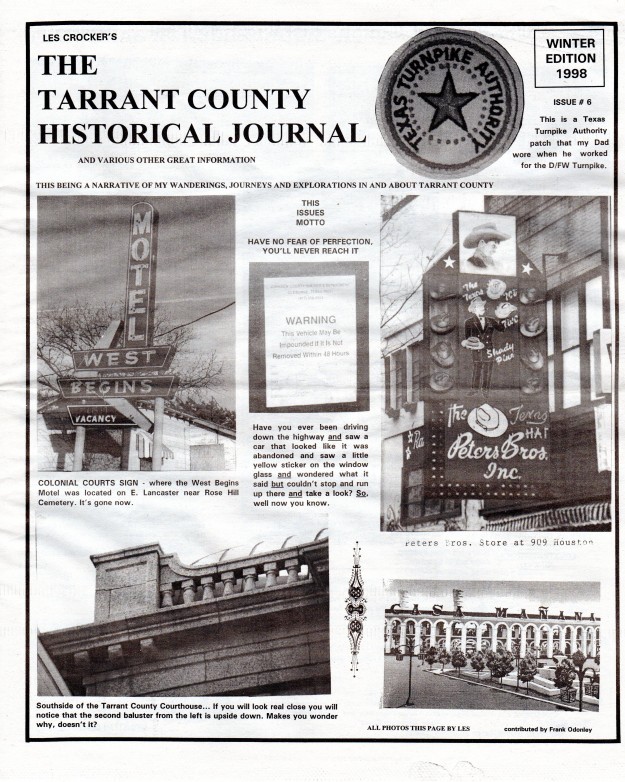
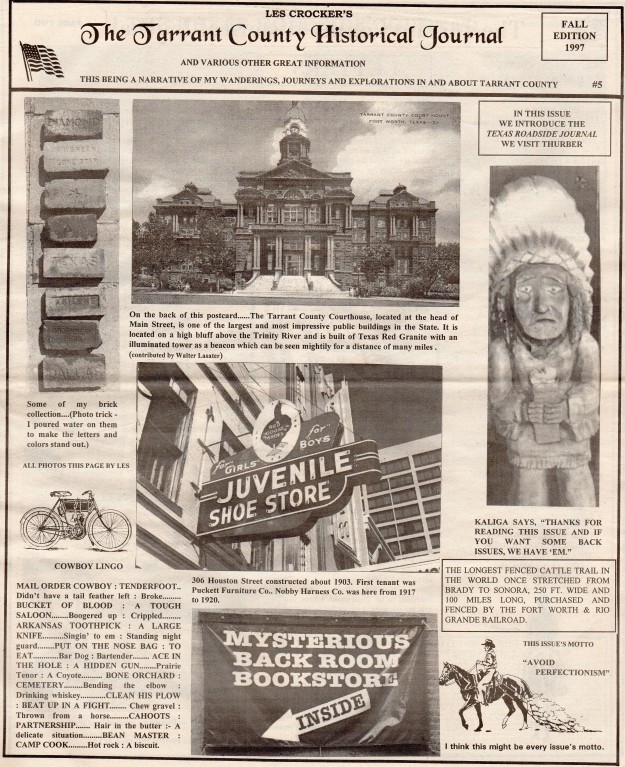
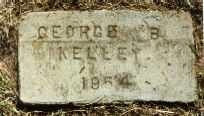 in 1958 and it is not known where she ended up. Machine Gun Kelly died of a heart attack July 17, 1954. He was 58 years old. To find his simple marker: at the Cottendale Cemetery front gate, walk down the middle walkway just over half way down on your right. It’s close to the walkway.
in 1958 and it is not known where she ended up. Machine Gun Kelly died of a heart attack July 17, 1954. He was 58 years old. To find his simple marker: at the Cottendale Cemetery front gate, walk down the middle walkway just over half way down on your right. It’s close to the walkway. 